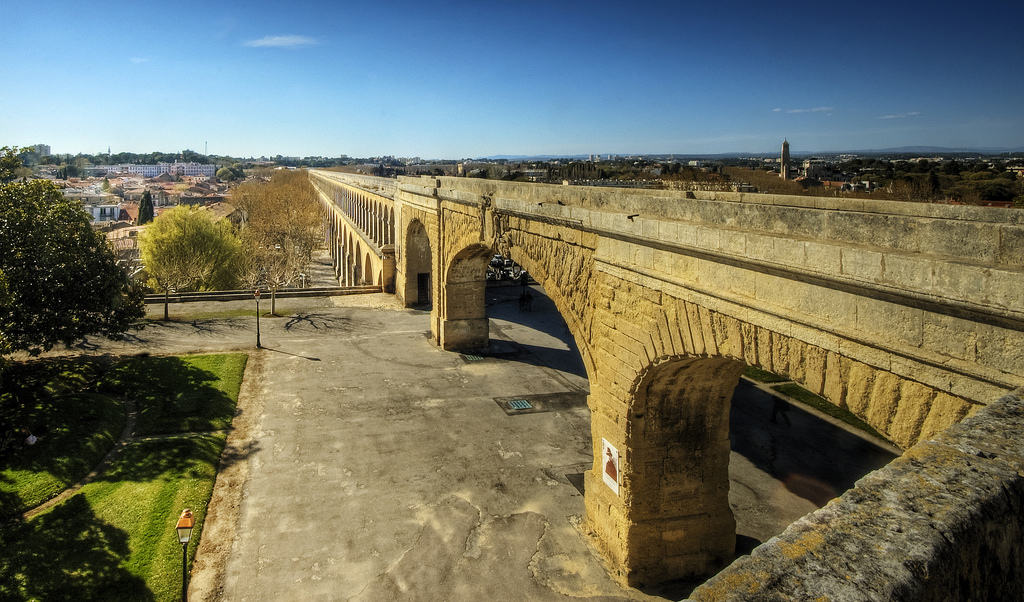The History Of Civil Engineering
From the ancient Egyptian pyramids to the Millau Viaduct, the history of civil engineering is a fascinating read. Here are some of the highlights of this ever-evolving science.
What Is Civil Engineering?
Civil engineering is “the branch of engineering concerned with the design and construction of such public works as dams or bridges”1. Most people remain blissfully unaware of the extent to which civil engineering affects their daily lives. However, the slope to the roads you drive, the cross-bracing in buildings in which you work, and the scenic pull-overs you enjoy in national parks are all made safe by civil engineers. Water and energy systems are designed by civil engineers, as are other public works such as railways, airports, and ports.
Pyramids
The great pyramids of Giza are the iconic versions of a perfected technology. However, there were many failed attempts before the long standing skyline was created in this desert.Several scholars translators and translation companies state that the hieroglyphs The pyramids are also missing their pearly white look as well, it is said that they originally had a shiny limestone coat. The exact angle of slope, the footprint area, and construction methods were developed over several lifetimes. Pyramids exist all over the world, in most cultures. The familiar smooth-sided versions of Giza are in contrast to the step-sided pyramids of other cultures.
Aqueducts
The Roman aqueducts are legendary for their civil engineering, for many reasons. First of all, the Roman arch was perfected with these structures. The placement of a keystone in each arch secures the structure, and is still in use today. However, the slope of the aqueduct is crucial to success, and provided the technology for all water transmission in the future. The slope necessary for optimal water flow is physics at its most basic, yet requires mastery of surveying. The steady, gradual slope over many miles is acquired only through masterful civil engineering, surveying, and construction. The development of electronic pumping stations aids modern civil engineers, but the process is still the same.
Modern Civil Engineering Wonders
The viaduct in Millau, France, is the tallest bridge in the world. You’ll often find yourself travelling above the clouds on this breathtaking bridge. Taller than the tallest building in France, this suspension bridge breaks several world records.
The Tide Barrier Project in Venice, Italy, is another wonder of the modern world. While Venice is the city of water, the tides have wreaked havoc with this incredible engineering success. Added to this is the fact that the city is sinking. The tide wall is comprised of 80 walls built on hinges. Each wall is about 6500 square feet, and designed to be raised to prevent flooding.
The world’s tallest elevator is in Zhangjiajie, China. This glass, exterior elevator is over 1000 feet tall, and located on a cliff over a valley.
The longest underwater pipeline runs from Norway to England. This gas pipeline, when completed, will supply England with 20% of its needs for natural gas. The engineers have developed methods for laying 8 miles of pipeline every day, despite temperatures far below freezing and violent storms.
Whether you drive on roads that successfully shed flood waters, or enjoy a cool drink of water from the kitchen faucet, you are benefitting from the long traditions of successful civil engineering.
Why Should You Find Yourself A Hobby?
Boredom, in some people’s opinion, is the root of all evil. “Idle minds are the devil’s workshop”, and this has never been more true than today. With all of the electronic aids to getting our work done, we often find ourselves with extra time on our hands. The need to fill that extra time with something leads us to settle for anything that will keep us busy. What can you do to battle boredom? Take up a hobby!
Changing Times
When I was growing up, hobbies were for rich people. That’s because, in our perception (as non-rich people), only people who didn’t work all the time needed a hobby. Little did I know that those “rich people” probably put in as many if not more hours than we did. They just had the money for a hobby.
Times have changed. Hobbies are not expensive any more, unless you want them to be. Here are some great hobbies that you can participate in, and determine how much money you are willing to spend as you go.
Scrapbooking

In the United States, scrapbooking has become a booming business. Women have always sought ways in which to render useful items for the family that are done in an artistic manner. Crochet, quilting, and tatting have traditionally been the “useful” hobbies for women. But, with digital photography, we now have ready access to photos. We can pick and choose which photos we want to archive, and even edit them in the comfort of our own home. As photography and the printing of photos have become more common and less expensive, we have the ability to scrapbook more and more of our life experiences. There are shops that have all of the equipment you need to dress up your albums.
Exercise And Excitement
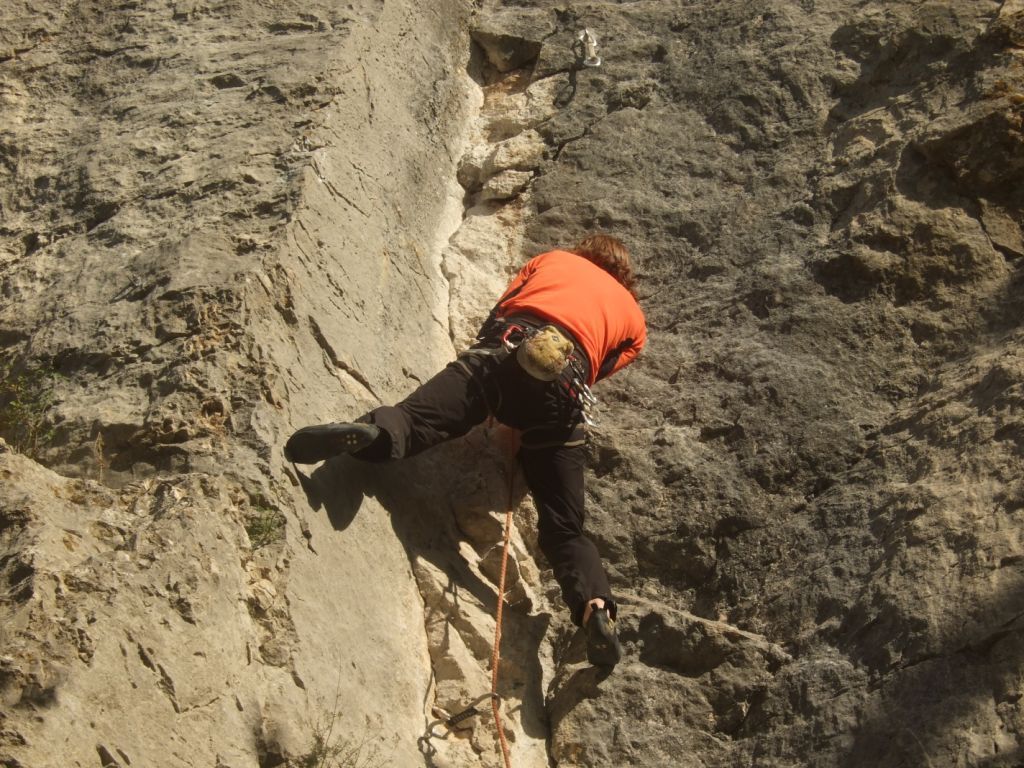
Exercise is also a great way to stop yourself from getting bored. Exercise has a lot more benefits to it than most people know. It can help prevent depression, increase lifespan and much more. Exercise doesn’t have to be boring either. Instead of taking a bike ride or going for a run, why not take yourself to an activity centre for some entertaining action? You could end up zipwiring, coasteering, rock climbing and much more. You’ll have your own personal adventure and I guarantee you will enjoy it, so why not make it a hobby?
Drawing And Painting

Drawing and painting were also once reserved as private lessons for the entitled. However, these crafts have been taught in public schools now for decades. In addition, you can find community classes, private classes, and even commercial enterprises that teach you how to draw and paint. Thousands of people are learning the pleasure of developing their artistic abilities and manipulating mediums to create pieces for their homes and offices. Create an art gallery in your hallway with your paintings. Hang them from floor to ceiling, and you’ll find a new appreciation and pride in your blossoming talent.
Learn An Instrument Or A Language
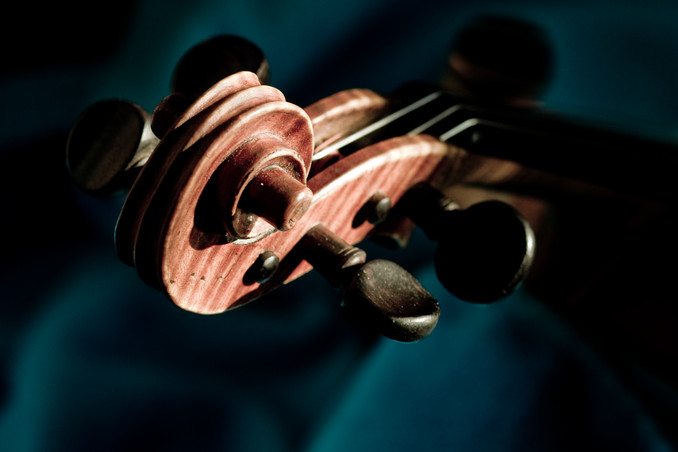
It has been proven that there are only 2 ways to actually increase your IQ. That is through learning an instrument or learning a foreign language.
Some of my best music students are adults who have never played an instrument. These adults have always wished they could sing, or play the flute, and now they are learning how! The great thing about adult students is that they have no delusions about being famous or influential. They just want to complete themselves, and learning an instrument is the fulfillment of a dream. As long as they enjoy the process, the hobby is serving it’s purpose.
A Look Back At 1950’s Camping
Ah Camping, One of my passions. I love getting back to nature and leaving all my devices switched off. There’s nothing quite like being out in the wilderness with your tent, and a tin or two of beans. These day’s you’ll be hard pressed to find anyone who actually camps properly. You’ll see mothers and fathers and their kids with Ipads, Iphones, Nintendos and laptops, and it just makes you wonder, why even go camping if you’re just going to do all the things you do at home, but in a tent. It just seems a bit silly to me. Camping is all about the experiences you can have without those things. So why not take a real camping trip, and leave all that luxury camping UK to the others?
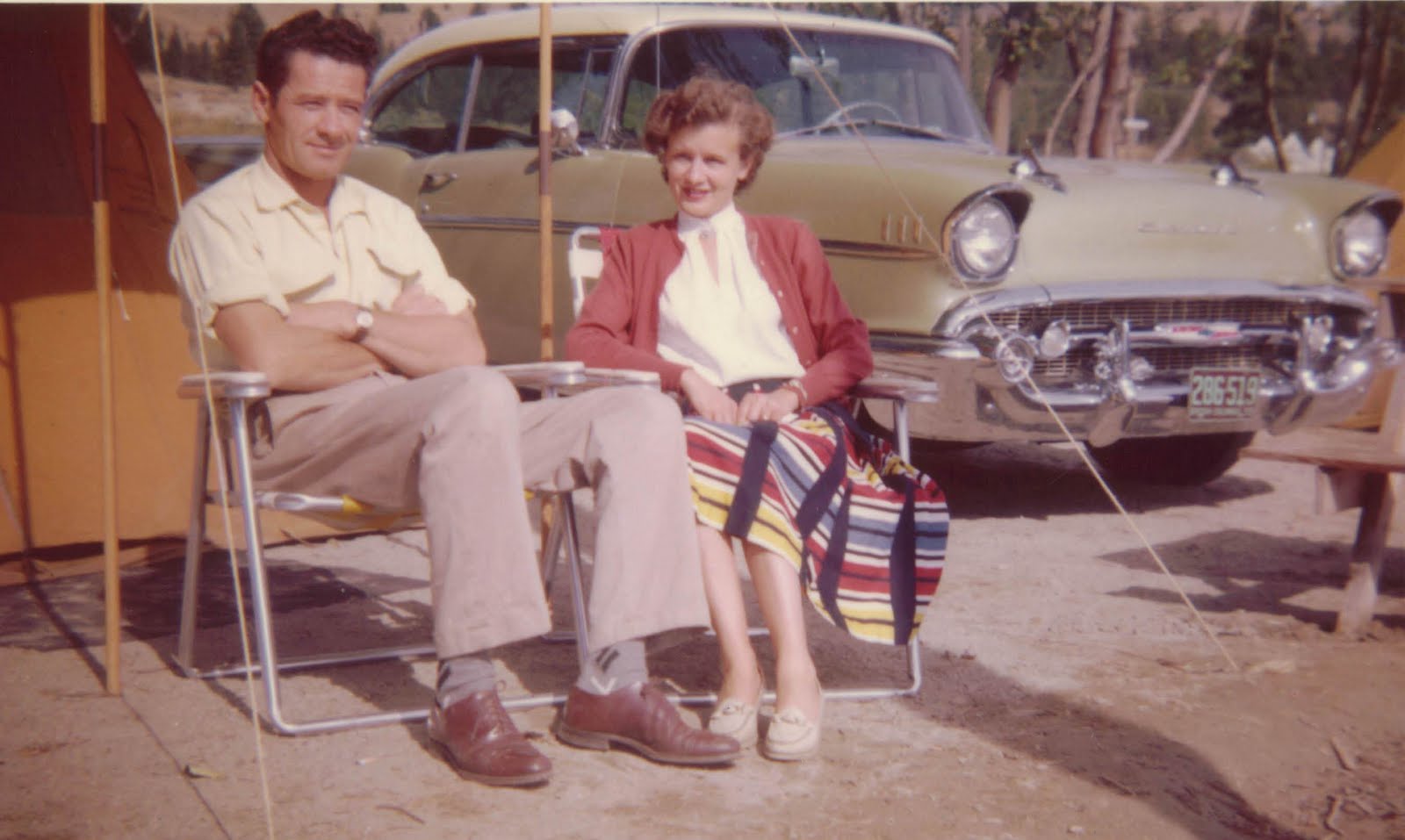
Talking about luxury camping, if you were going camping back in the 1950’s this is about as much luxury as you could get apart from buying a full blown campervan These two seem to be having a nice time with some high quality fold out chairs, and they are very smartly dressed for two people who have just erected a tent. The Volkswagen Type 2 (also known as the Bus (US) or Camper (UK)) Was first released to market back in 1950, so this could have been the ideal era to go camping with a van.

Of course camper vans had been around for a while, but the VW camper really was the start of something special. Just take a look at how ugly this bedford CA camper is.
Tent’s were also another story, they did not have the lightweight materials that we have now. Our modern tents have all kinds of fancy components.
Modern Tent
We have a few different varieties too. For instance, we have single skin/Single Wall which has only one waterproof layer, the rest is comprised of the roof and the walls. These are prone to condensation, so some tents use a combination of breathable fabrics and waterproof ones.
Old Tent
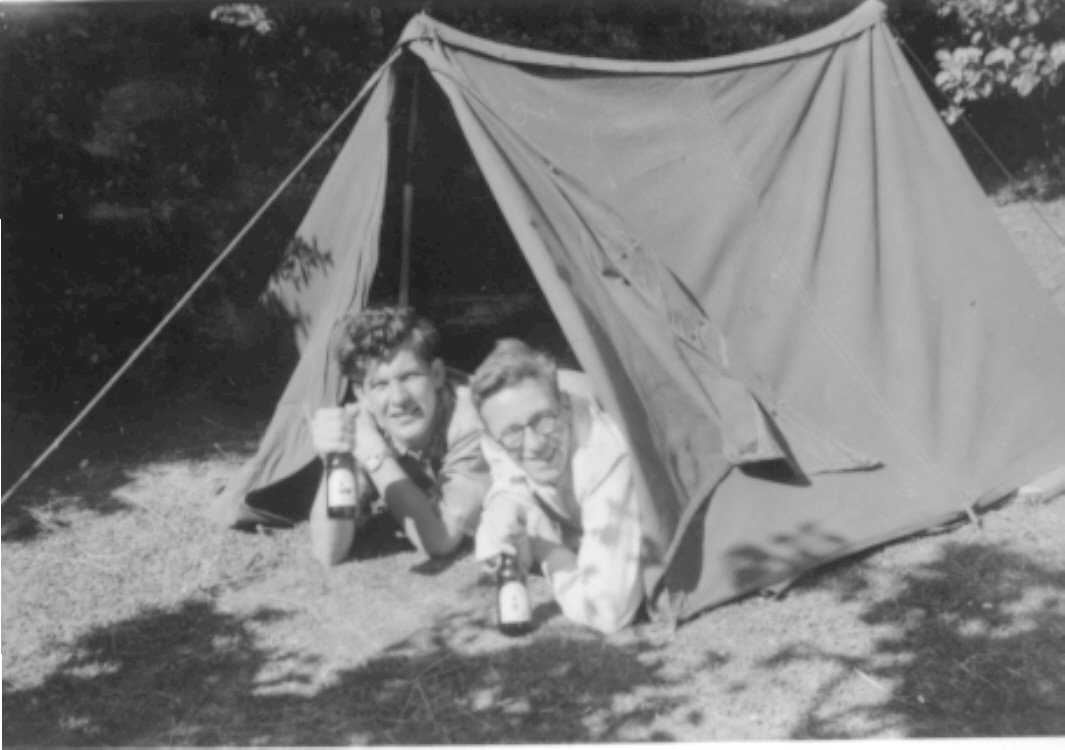
Older tents were obviously a different story. The most common of the tents were pup tents. These tents were a small version of a ridge tent and they were made for around 2 to 3 people. These tents often had two poles at each end, ranged in an A shape, this allowed easier access inside the tent. Some of the models of this tent had horizontal poples joining the top ends to support the centre of the tent.
A Look Into The 1950s Home
The 1950s are often called the “Boom Days” in the UK and the U.S. Even considering the tragedy and loss many people endured during WWII, the ensuing economic and population growth propelled both continents to greater heights than ever. The décor and architecture, the decorating, and even the appliances of the 1950s reflected the sense of hope and confidence pervasive in society. The Middle Class grew by leaps and bounds, and an improved standard of living gave an entire generation of people a sense of accomplishment. Here are some of the sights you would have seen inside a 1950s home.
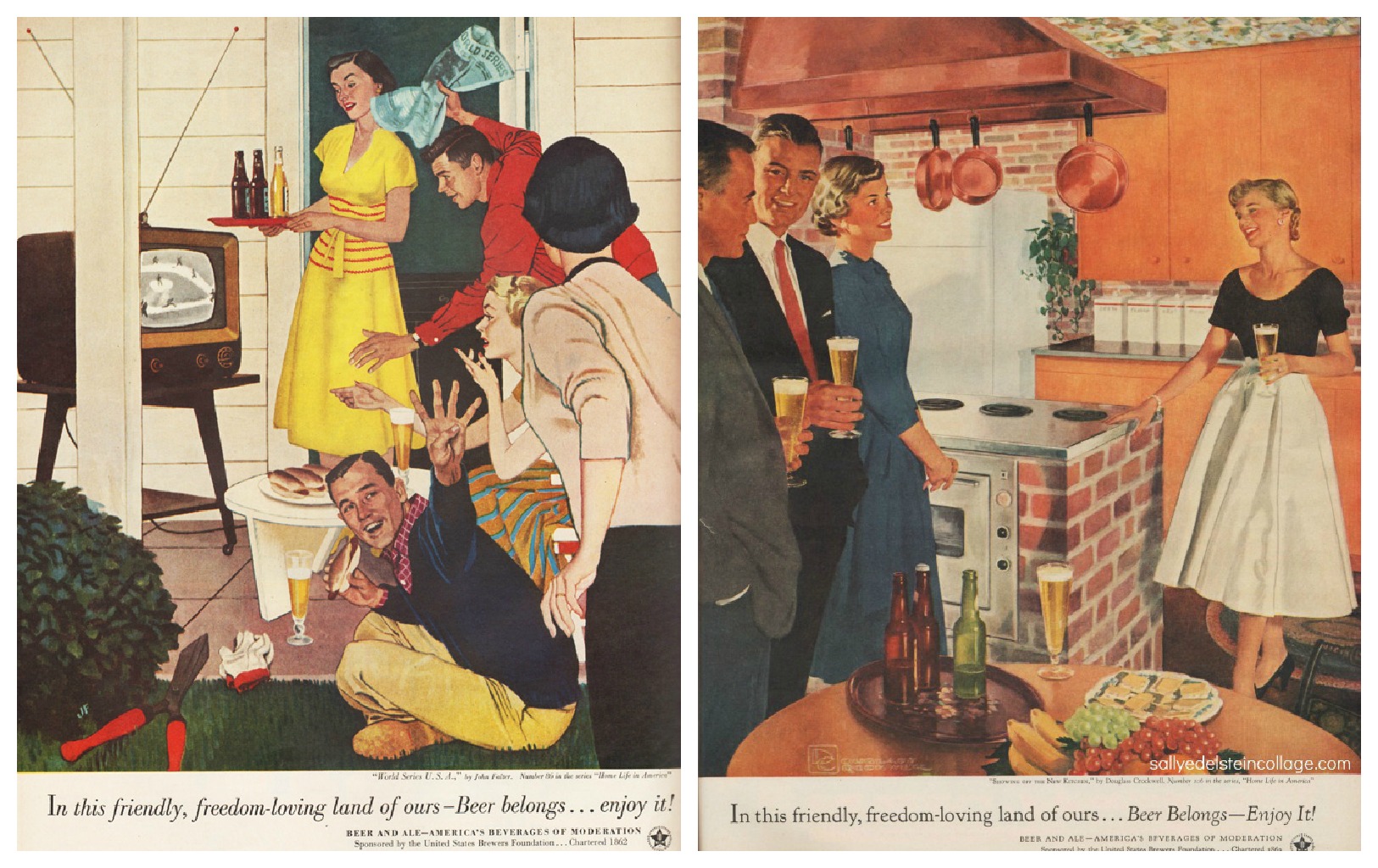
Décor
The décor of the 1950s home was far different from the eras preceding it. The jet airplane had made its first appearance during the war, and the eyes of developed countries turned away from their neighbors. For the first time, an entire civilization looked to the stars for inspiration. The enemy had been trounced, and the stars were next.
This proved itself out in 1950s décor. Asymmetrical style was pervasive, giving an alien look to normal wall hangings and furnishings. The wall clock replaced the mantle clock in many homes, and the starburst shape kept the imagination challenged with its rays pointing in all directions. Some families were lucky enough to have a starburst clock with the clock itself off-center in the display, resembling more of a meteor than a sun.

Colors used in the 1950s homes were varied, but brought in colors previously avoided in home décor. Turquoise, chartreuse, and lilac were used liberally, adding excitement to the atmosphere of the home.
Patterns were not longer muted, tone-on-tone damask or tulle patterns, but reflected scientific themes, such as galaxies and planets. The boomerang pattern made its appearance during this decade, and was used in wallpaper, curtains, and even upholstery fabric. For the home owners who were not as star-struck, fruit and flower patterns ruled the day, and were used broadly.
Furniture
There was plenty of upholstered furniture still in use during the 1950s, but many of them had streamlined design in reference to the space age. Banana shaped loungers were common – the first lounge furniture foray into the realm of pit groups. While the “recliner” was not around at this time, loungers would reflect unusual profiles that included pivoting foot-stools.
The war efforts in the West provided plenty of manufacturing of materials used in the war. Chrome, vinyl, plastics, and even laminates had been developed for wartime use, and once the war was over, these materials migrated into the homes of civilians. Most people who grew up in the 1950s remember the vinyl covered chairs on chrome frames. Formica table tops had the boomerang pattern for decoration, but the chrome frame and legs were equally durable. You can still find these items in diners, to this day, either new or reproduced.
Appliances
There was much more in the 1950s home that had been absent in previous decades. Blenders, coffeemakers, Formica countertops, and washers and dryers became standard equipment in homes of that era.
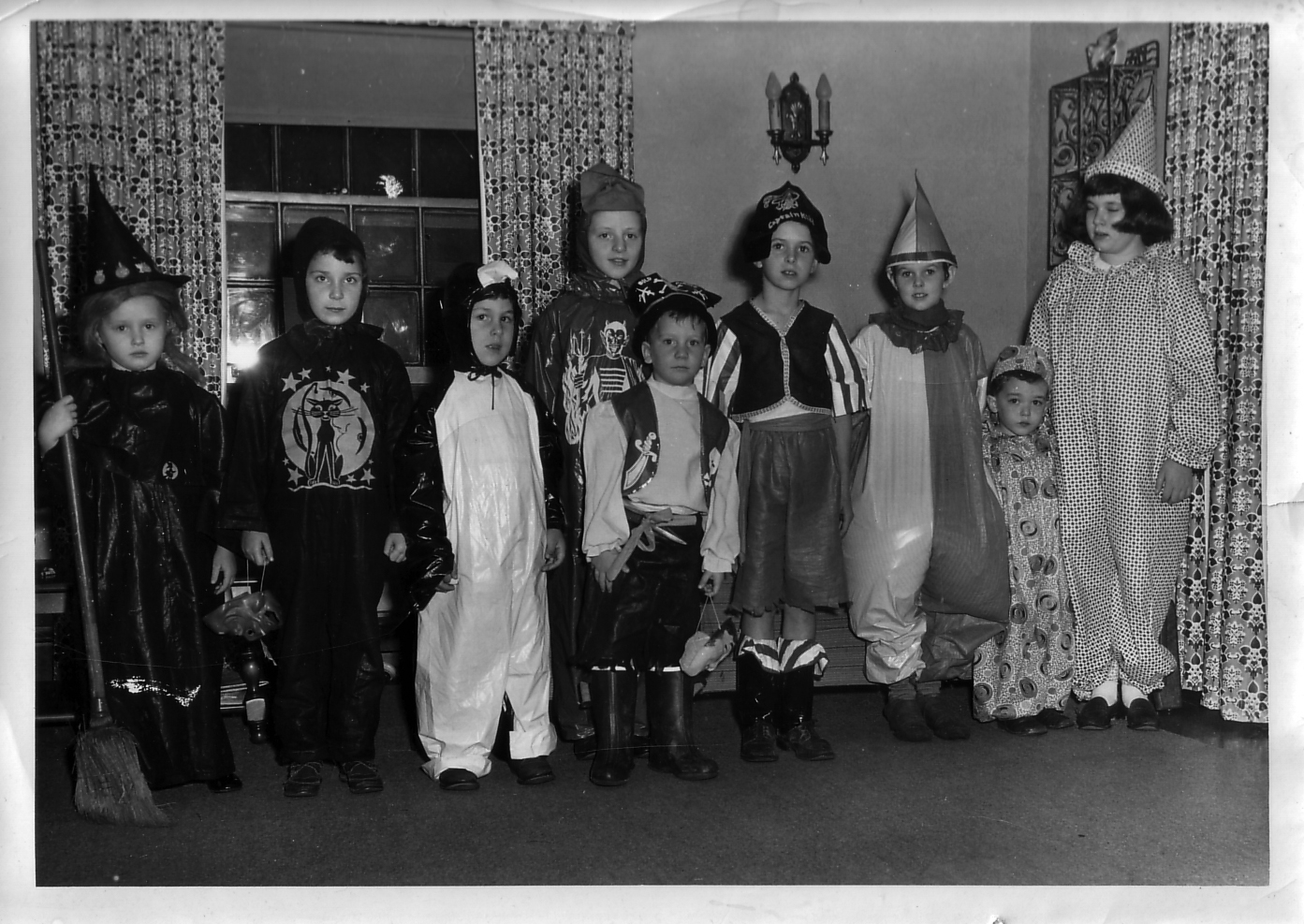
The space age themes and new materials of the 1950s inspired an entire generation of people, and continue to enrich the lives of nostalgia buffs today.
5 Unusual And Interesting Holiday Ideas
As you plan your next holiday, think outside the box a little bit. Your holiday can be memorable in many ways, but a change of venue may be just what makes it a once-in-a-lifetime event. Here are 5 unusual and interesting holiday ideas.
West Iceland
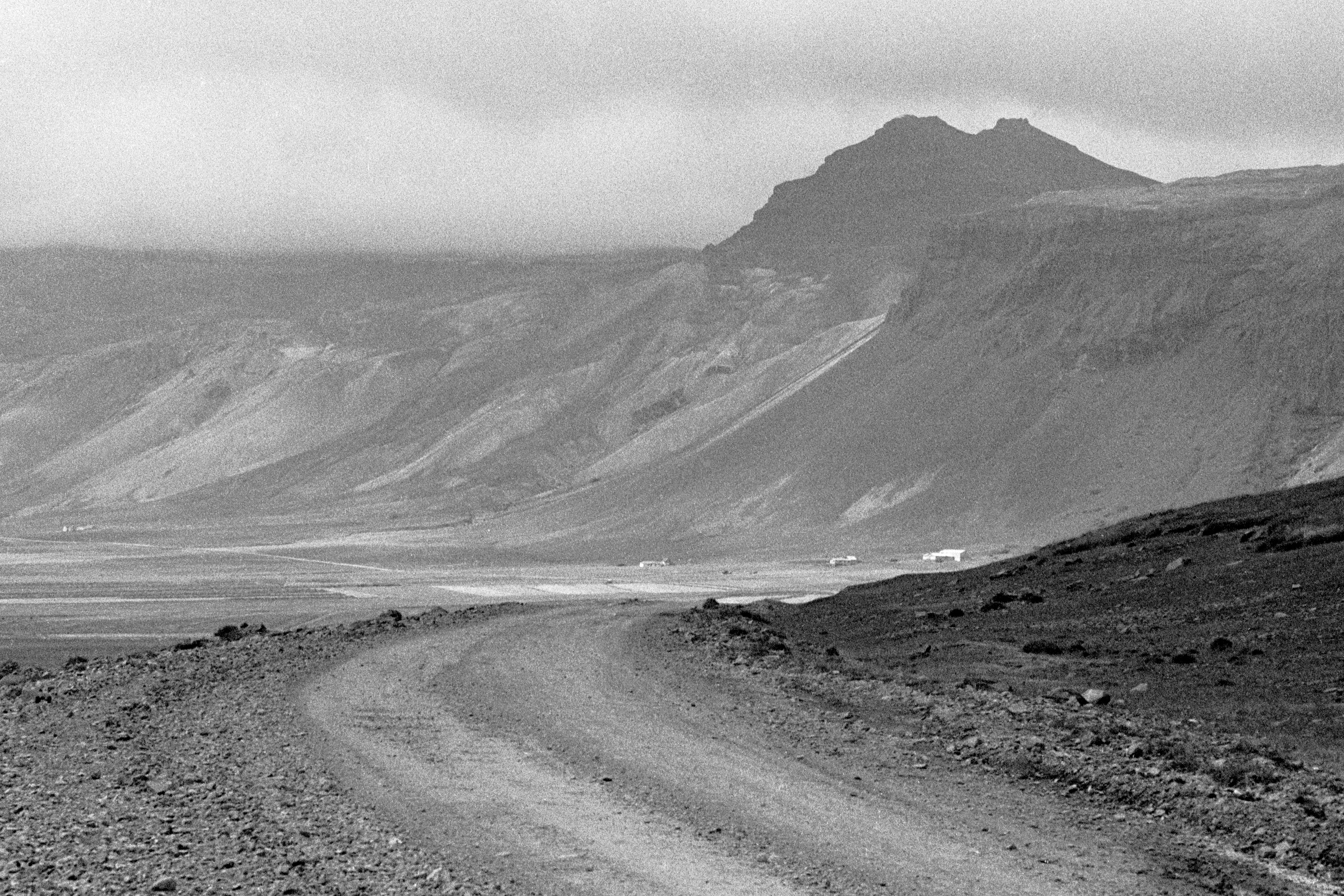
Be sure to take your camera on this holiday, because you’re going to see the Northern Lights like you’ve never seen them before. This atmospheric phenomenon is viewed easily from this continent. This tour also includes viewing of killer whales and boat trips. You can book the trip to include your hotel stay and meals – an all-in-one package.
Devon
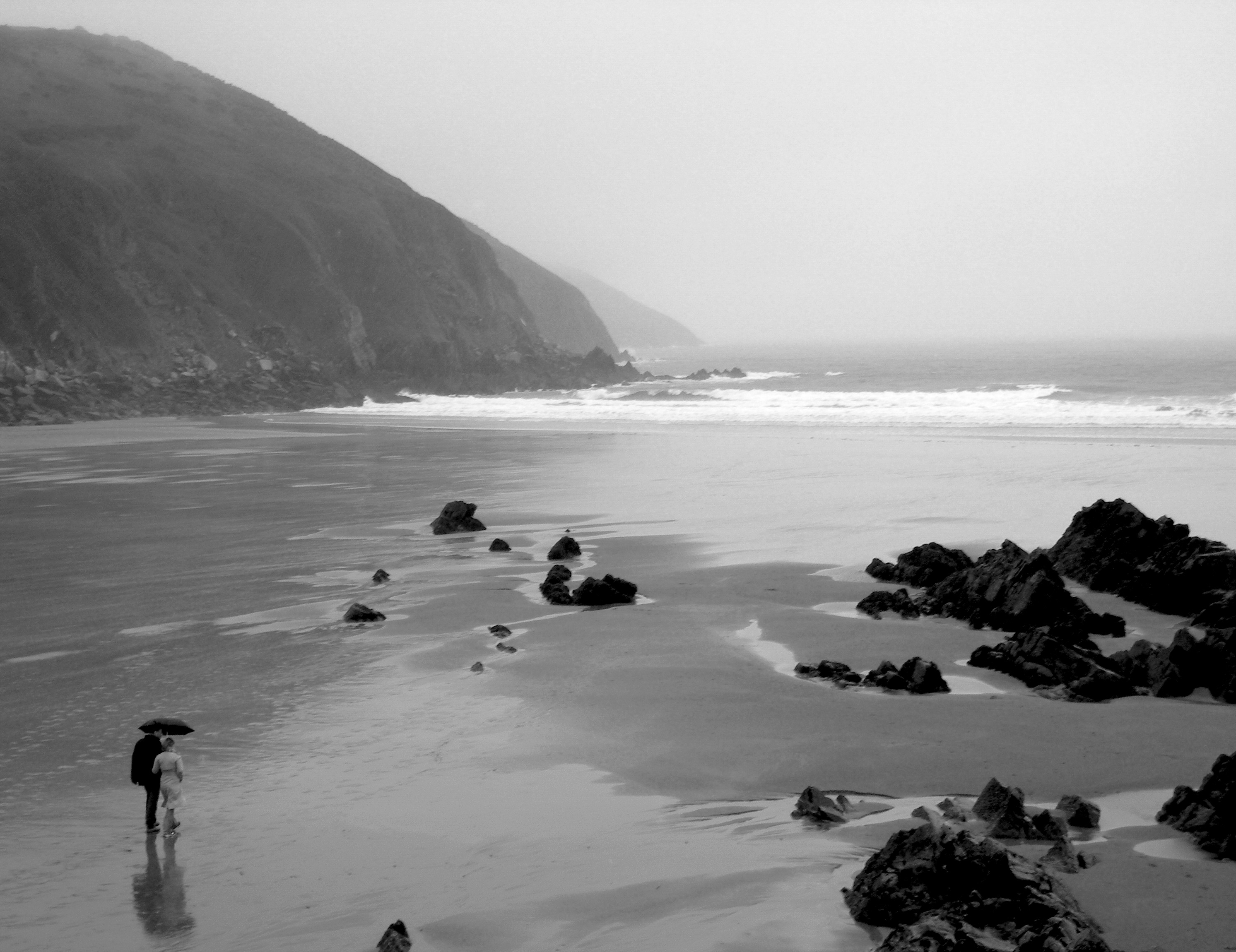
Maybe you don’t want to stray too far from home. Devon, England is a lovely place to visit, especially if you stay on a houseboat! These houseboat stays include full kitchen and bathroom facilities, and can be booked for any number of guests. You can enjoy the feel of water lapping against the hull, and fish for rainbow trout from your front porch. Birdwatchers also find a haven here, and windsurfing and sailing is available right in the area. If you don’t fancy heading into the sea, you can always try out some of the interesting health spas and health farms available on the coast.
Kerala

The south of India is home to the state of Kerala. You can purchase a holiday here, and find out how families in the area actually live. Your stay will be booked with different families, with two days on a houseboat. This is an ideal way to take a winter holiday, as European winter is the pleasant time of year in southern India.
Lanzarote
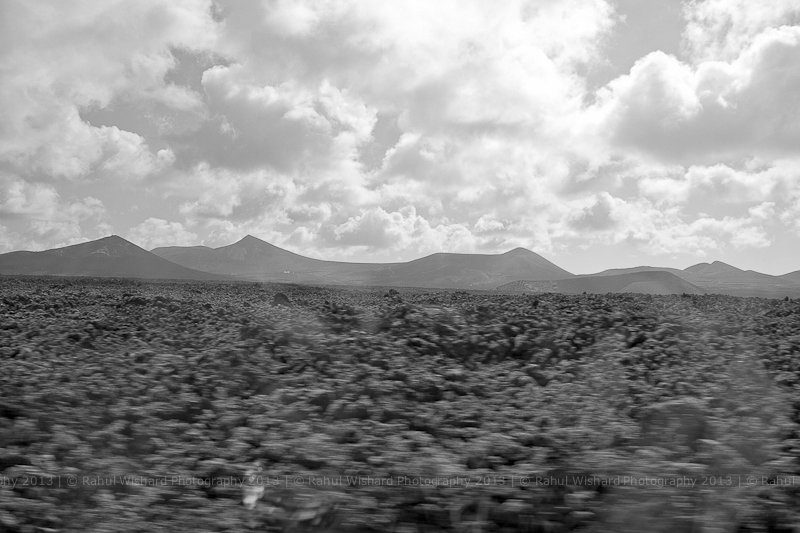
If you’ve ever wanted to visit the Canary Islands, consider Lanzarote for your trip. You can not only enjoy the beautiful islands, you can experience glamping at its best. Stay in a luxury yurt that has been professionally designed for your comfort, with luxury bath accommodations and easy access to the beach. You’ll have an expansive view of the Temisa mountains, and unbelievable views of the ocean as you dine in the bamboo gazebo. There is also a private, solar heated pool, a play park, a trampoline, and swings for the kids. You even get the use of an eco car for the duration of your stay.
Amsterdam

If you are a little more adventurous, and in pretty good shape, consider a biking and barge holiday. This trip will take you from Amsterdam to Bruges, and all of your insurance is included in the cost. With this unique holiday, you will tour some of the most beautiful sights in Holland and Belgium. Your tour will begin with the Gouda cheese factory in Amsterdam, from whence you will cycle to tour the famous windmills of the Dutch countryside. Other destinations on your tour will include Dordrecht, the nature reserves of Biesbosch, and Willemstad. You’ll take a barge to on the Zeeland waterways, and move on to Antwerp and Ghent, where you’ll round out your tour with a visit to the famous chocolatiers of Bruges.
There you have 5 unusual destinations for your holiday this year. Enjoy your memorable visits to these unique places.
Post War Clothing the Transition Between Then And Now
Clothing has changed over the years, but lets look in the past and see what it was like. many decades have past since the world war 2 and how exactly have the clothes changed since then? After the war, there weren’t many drastic changes. Things did not instantly go back to normal once the war was finished. Debt and inflation were still big problems once the war had ended, and rationing was still in full swing. It took until 1947 for clothing restrictions to end and 1948 for materials and other rationed items to be free’d up, this is when the fashion revolution began.
After The War
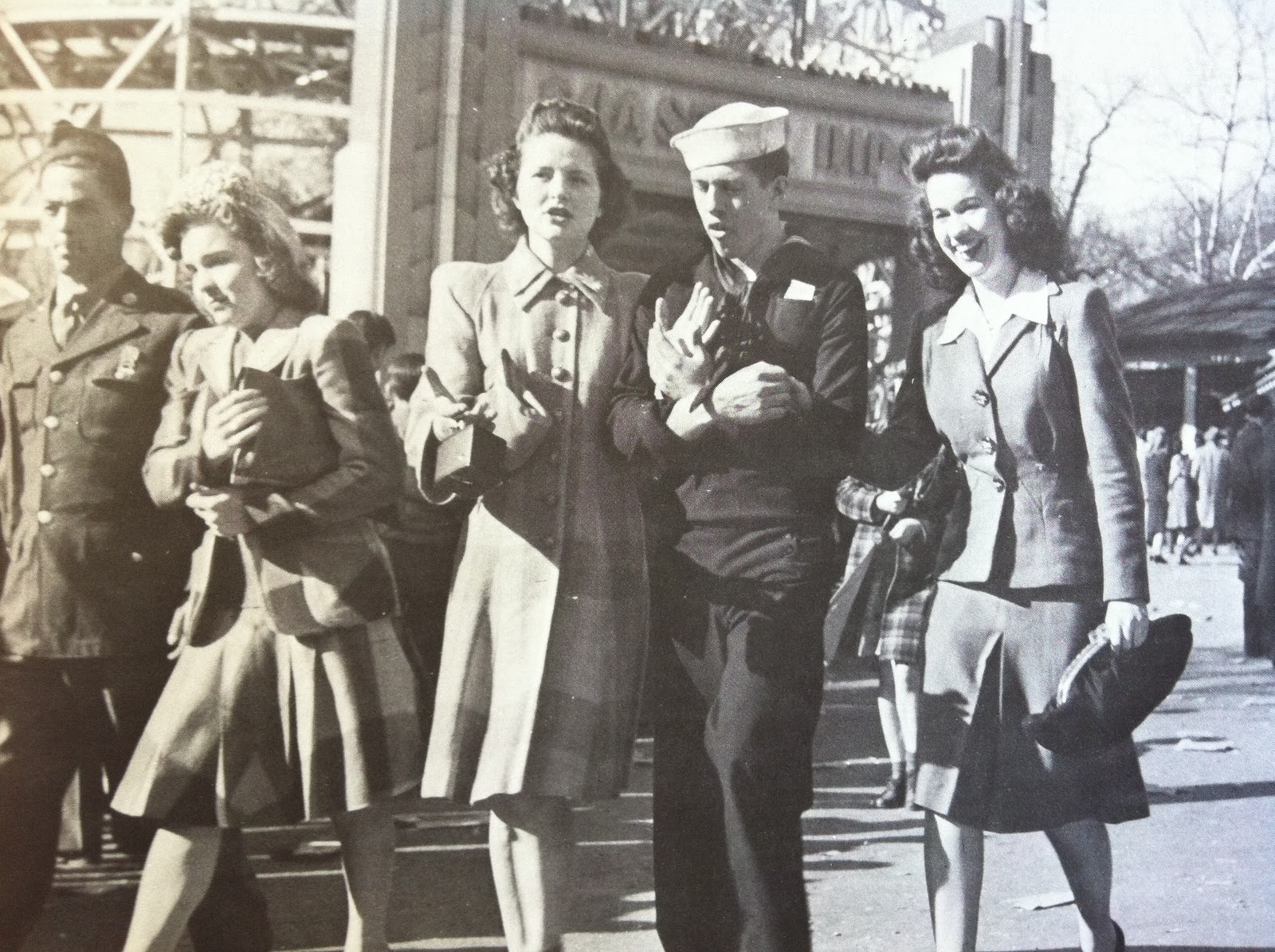
In 1948, Nylon stockings became very popular, they just couldn’t stock enough of them for the influx of ladies queueing up to buy them. Women’s fashion had it’s change on February 12th 1947 when Christian Dior launched the first iteration of House Of Dior. This was said to be the “New Look” with colourful below mid calf length full skirts without the padded shoulders (popular at the time). The influential clothing changed the fashion at the time, fashion magazines had been following padded shoulders up until 1950. The end of the war made way for several innovations in fashion, new materials were created such as spandex,
Mens fashion didn’t change drastically after the war, in America, men wore double-breasted suits that had broad shoulders , as rationing stepped down a bit, more material could be used and trousers eventually became styles with turn ups. The UK was a different story, rationing lasted a couple of years longer, and men had to make do with the suits provided by the government. Everyman was given a suit after the war, usually in grey chalkstripe or a blue. Taylors all around were taking the opportunity to change the style of suits, Savile Row began working on “The New Edwardian” look which featured a slightly flared jacket and a narrow cut. The Teddy Boys a British subculture began using this the new Edwardian look and added bright socks and a bootlace necktie which became popular across the whole of the UK.
1950’s to 1960’s
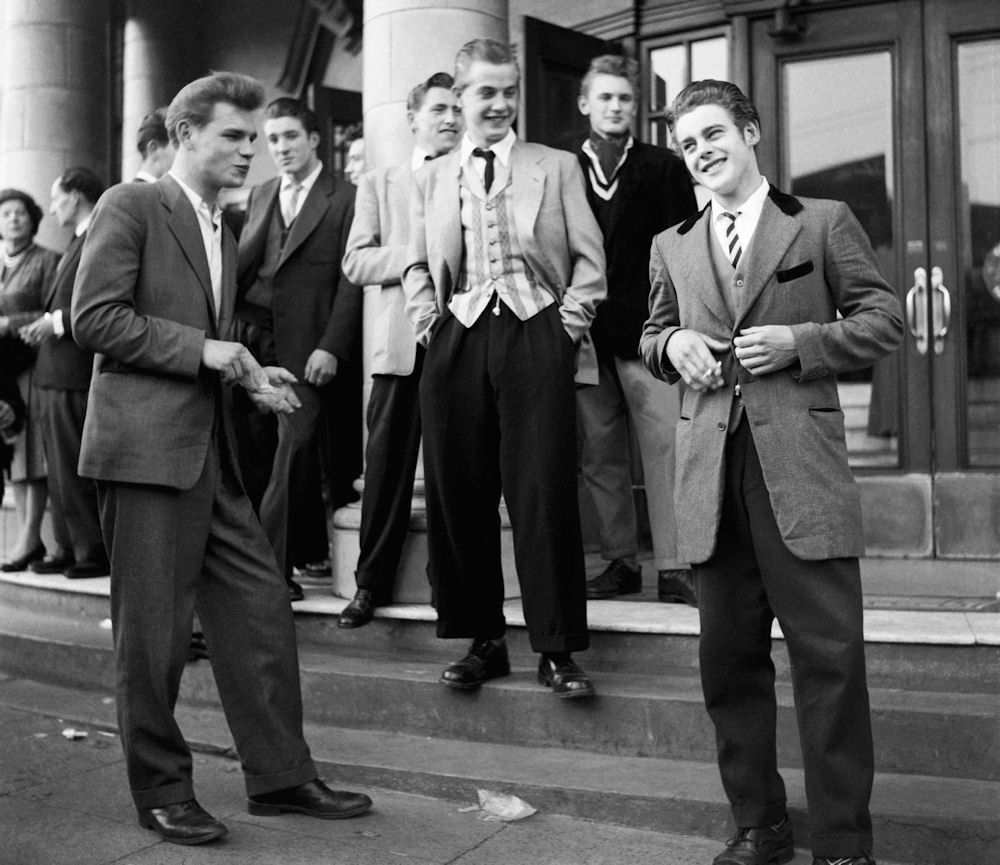
Already things within the clothing industry had begun to make a change, Dior had revolutionised the fashion industry and had been embraced by the public. The masciline time of the 40s had been transformed, hems fell and the hourglass silhouette had begun. It was at this time that the US War Production Board had sponsored a survey that helped create the standard sizing for the clothing industry.
The Latter of the 1950s introduced a couple of new looks, Balenciaga had a big influence as well as Dior, He created standaway backs with fitted fronts, he introduced the sack dress and in 1958 Yves Saint Laurent successfully presented the Trapeze Dress for Dior. These items would all evolve into 1960s icons.
1970’s until now
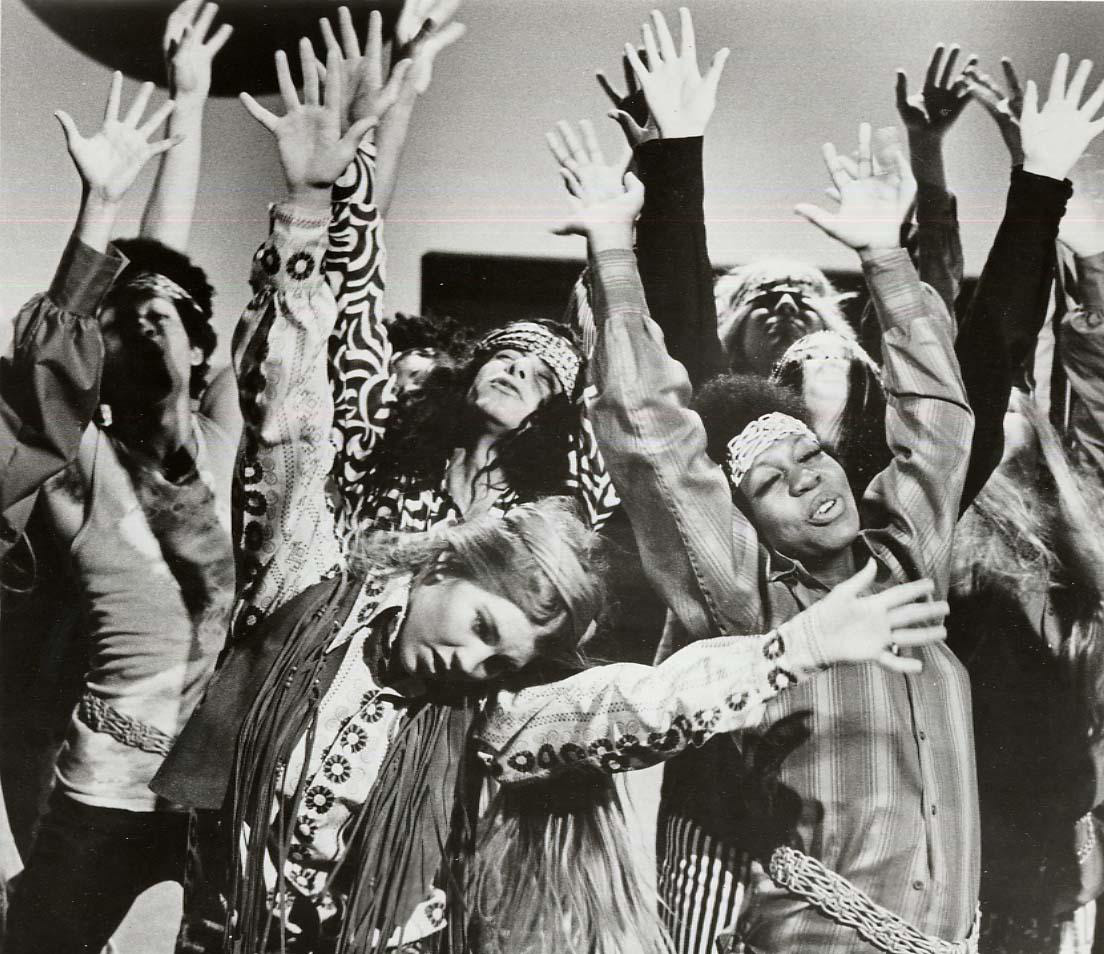
The 1970’s were probably the most interesting in terms of fashion, Bell-bottoms and the “hippie” look from the end of the 1960’s, some of the trends from the 1970’s still remain today. The 1970’s had many other extreme traits, including platform shoes with soles 2 to 4 inches thick! Flared trousers and jeans were also a mainstay for both men and women.
1970’s fashion was soon to be replaced by punk fashion, Straight cigarette-legged jeans, mules and ankle strapped shoes, which also featured back in the 1940s. Blue jeans and white sneakers made its way from the 80’s to the 90’s and colourful T-shirts and shorts tended to be the fashion. The 90’s saw some of the biggest brand names today rising to stardom, with Nike, addidas and various other sporting brands making their way into everyday fashion. 90’s fashion and now are not too dissimilar, infact, we’re even seeing a comeback recently with denim miniskirts and fuzzy cardigans. They say that fashion comes around, and history shows that this is very much true.
Satellite Communications in The Security Industry
The security industry is a very large industry, there are all kinds of different avenues and jobs that you can take. Satellite use is not exclusive to this industry specifically, and it is only used in security jobs where there is no opportunity to use standard communication.

We’re not talking about your standard satellite that A1 Digital would install, we’re talking about satellite phones that have access to communication as long as there are functioning satellites in the sky. Satellite is the only form of communication with a worldwide distance at sea, radio-waves won’t travel too far and there are no masts out in the sea that will enhance signal, so satellite can be used for not only telecommunication, but also internet access. You might need a bigger receiver for internet access though.
It’s not just maritime security that will use satellite phones, some contract security stationed in underdeveloped countries will also be using satellite phones to contact their superiors and get orders. Satellite is the most effective communication tool under these circumstances, and unless something better comes out, it’s going to be used for a long time.
Privacy
Over the past few months we’ve been hearing more and more about the state of our own privacy. It seems that I’ve had a sudden realisation that we wont be having very much privacy any more. With internet enabled devices all throughout our lives, how is spying on our communications at all acceptable?

I’ve been reading all kinds of things about the current state of affairs, with the GHCQ providing our details to the American government and their government not letting people even talk about it. It’s a sad sad state of affairs when the government can use any of your private information against you or out of context. So what can be done? I would say expect the worst, it sounds like they are in full swing and whatever has been put in place will not be taken down.
Somali Hijacking, No Boats Taken In A Year
Somali Hijacking seems to be a thing of the past, well, the hijacking aspect of it. Attacks are still happening in the Gulf of Aden and the south coast of Africa but with new security measures on nearly all vessels that pass through, none of the attacks are successful. I have a friend who has written a few articles on the subject and he definitely did not believe the UN’s claims that there have been no hijackings since may 12th 2012. He knew a few sources that would most likely disprove what had been said and ended up going onto the websites.

He was indeed correct because within minutes he had found accounts of ships being boarded in and around Somalian waters. Now I’m not usually one to be skeptical but I don’t really see the purpose of such blatant lies when you can see that events are happening nearly everyday.
The security industry does employ some maritime security on certain vessels, and it’s only a matter of time before the truth comes out. Maybe they are just trying to recruit less people. Maritime security plays a big role in securing these ships, and I guess they are looking at downplaying their role.
A few days after this had happened, a hijacking did take place on a Greek vessel, the pirates managed to board a ship with 14 crew carrying over 135,000 tonnes of crude oil. It just goes to show, people are still silly enough use vessels without manned security.
Safety And The Security Industry
The security industry is a well oiled machine, with thousands of people working in security in Britain how do you get access to this sector?
Training
First of all, training is a must. Training and licensing is all in the same package and offered by the SIA (the Security Industry Authority). Many companies work with the SIA to offer training packages and help. You can find websites that offer this kind of advice all over the place and a simple google search so get you what you require. An SIA licence is required to do any kind of work within the security industry, whether it be a CCTV operator or a nightclub doorman you need one of these licences. Getting yourself an SIA licence can really benefit you if you are having trouble finding work. It will open up many avenues for you and you will have access to a wide range of positions. Certain websites will help you find all kinds of positions, from CCTV Operator to door supervisor jobs.
Experience

Experience is another thing that would come in handy, having experience in the armed forces or navy will definitely net you some extra brownie points when applying for positions. Ex military personnel usually find themselves at home doing close protection work or bodyguard work, this is a slightly more dangerous side to the security industry but combat training is preferred. This kind of past experience will also help you with access to maritime security training and jobs aswell so it is quite an advantage.
So if your striking out when looking for employment, why not take a look at SIA training courses?


